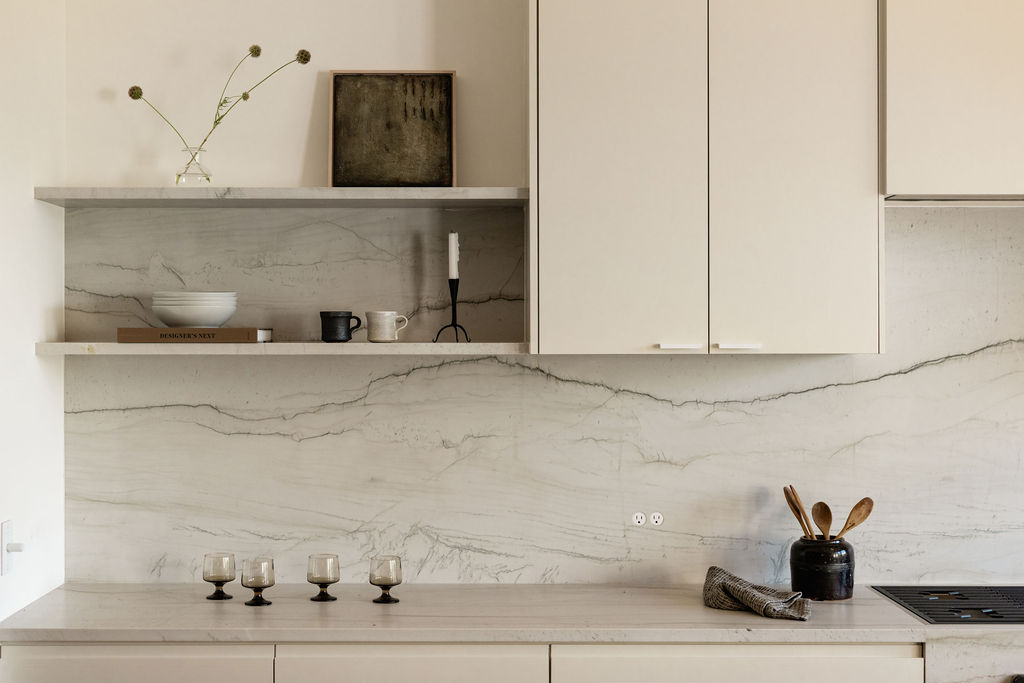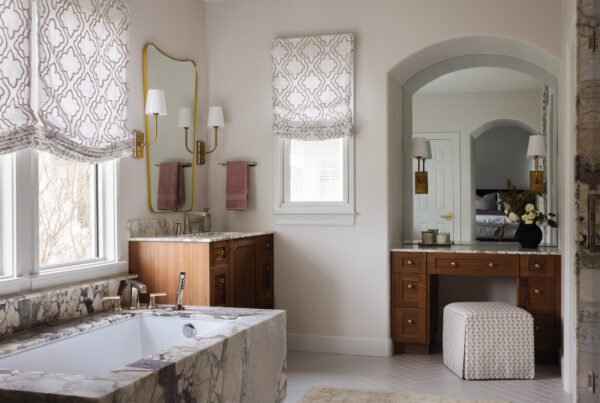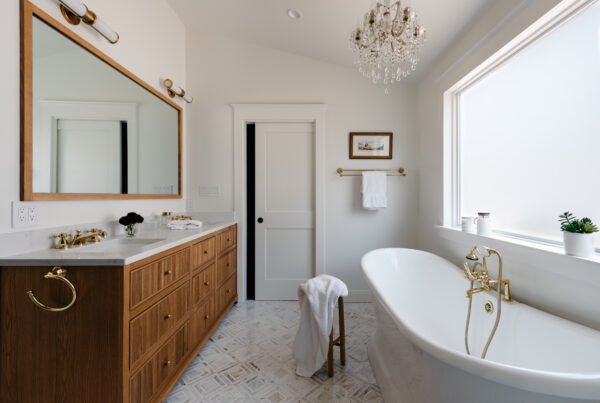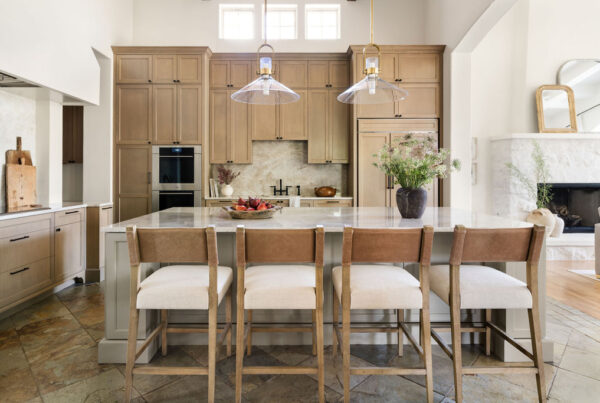While every home has its own unique layouts, features, and styles, there is one thing they all have in common- the need to utilize electricity. Your kitchen is more than likely the most essential spot in need of outlets and power strips. Having wires running all over your kitchen is not only messy but a hazard as well. Excluding outlets simply isn’t an option because building codes require outlets at mandated distances of certain areas in homes.
So how should outlets be included without compromising the integrity of the intended design?
Below are a few tips and ideas to seamlessly integrate electrical outlets into your next home renovation:
- Power Strips Under the Countertops/Uppers and Lowers
- One way to make the best of your space without having to interrupt the layout or aesthetics of your home is by using undermount power strips in your cabinetry and islands. Undermount power strips are out of sight while still being convenient for use.
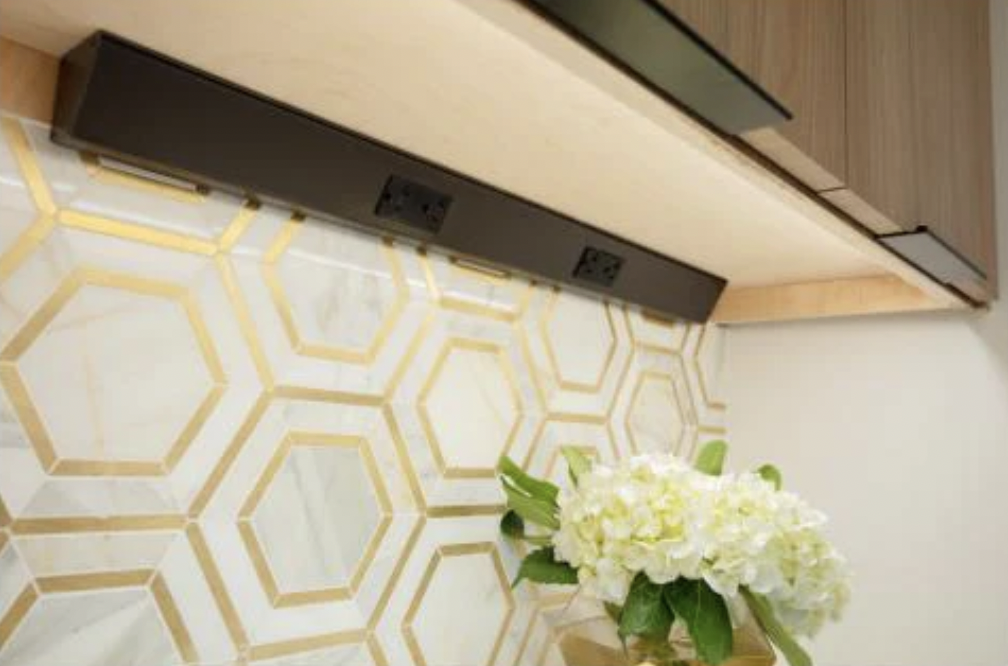
- One way to make the best of your space without having to interrupt the layout or aesthetics of your home is by using undermount power strips in your cabinetry and islands. Undermount power strips are out of sight while still being convenient for use.
- In Cabinet/Drawer Charging Station
- Doesn’t it sound great to just grab your hand mixer from a drawer and have it already plugged in and ready to use? In drawer outlets take care of that extra step so you don’t have to. These can also be used as a charging station for other electronics such as phones, tablets, laptops or even in a bathroom for curling irons, straighteners, blow dryers, or razors. Having outlets inside your cabinets/drawers provides convenience as well as a designated work area!
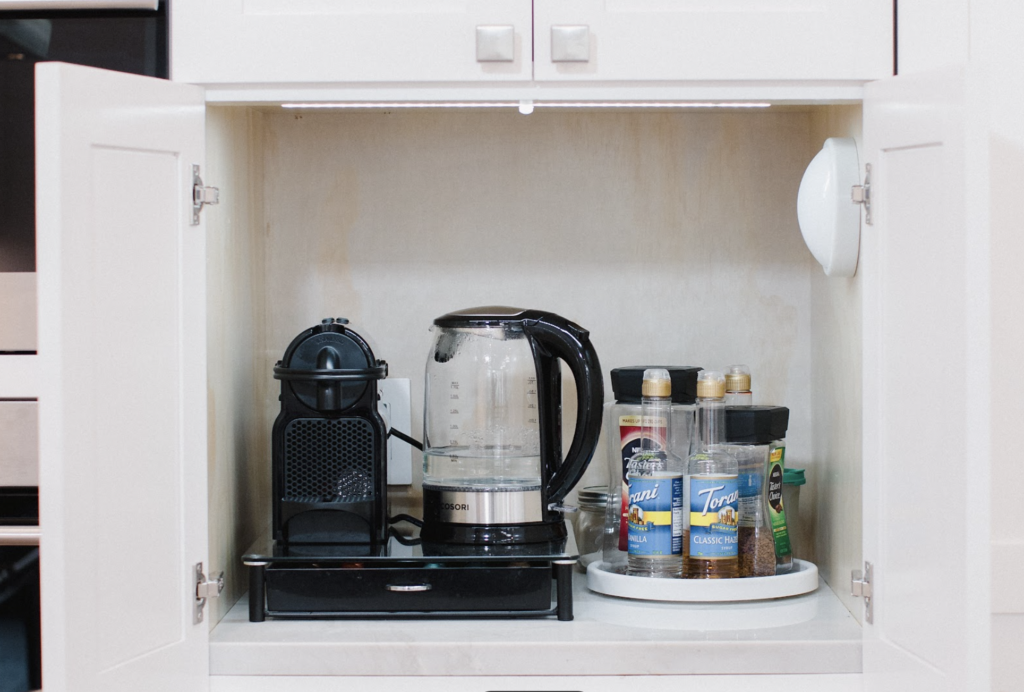
- Pop Ups/Outs
- If you are all for the idea of having outlets completely out of sight when you don’t need them, pop up outlets are an option. Not only are these outlets readily available at the touch of a button, but they can also be hidden by panels that match the area.
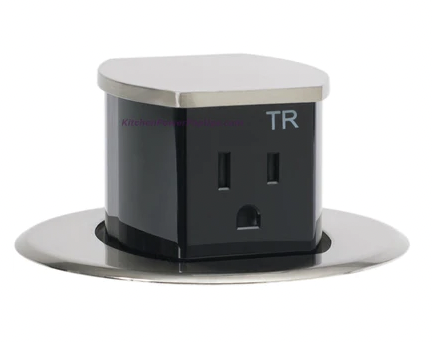
- If you are all for the idea of having outlets completely out of sight when you don’t need them, pop up outlets are an option. Not only are these outlets readily available at the touch of a button, but they can also be hidden by panels that match the area.
- Match Tiles
Sometimes, one has no other option but to install an outlet on a tile backsplash wall. If possible, tile can be cut to fit the outlet and design. If this is not the case, highly consider buying faceplates that blend with the surrounding tile, thereby not interrupting the design. If you cannot find an exact match, consider painting your faceplates.
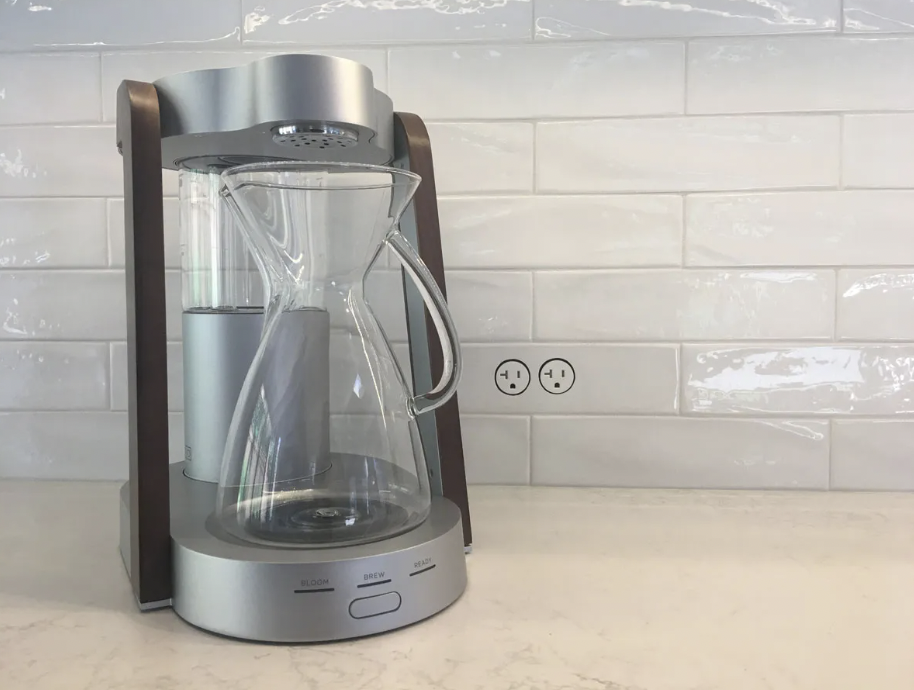
- Wallpaper
- Covering electrical wall plates with wallpaper ensures that the plates blend in with the newly patterned surface. Applying wallpaper to a wall plate requires a lot of detail, but the end result can be a seamless transition.
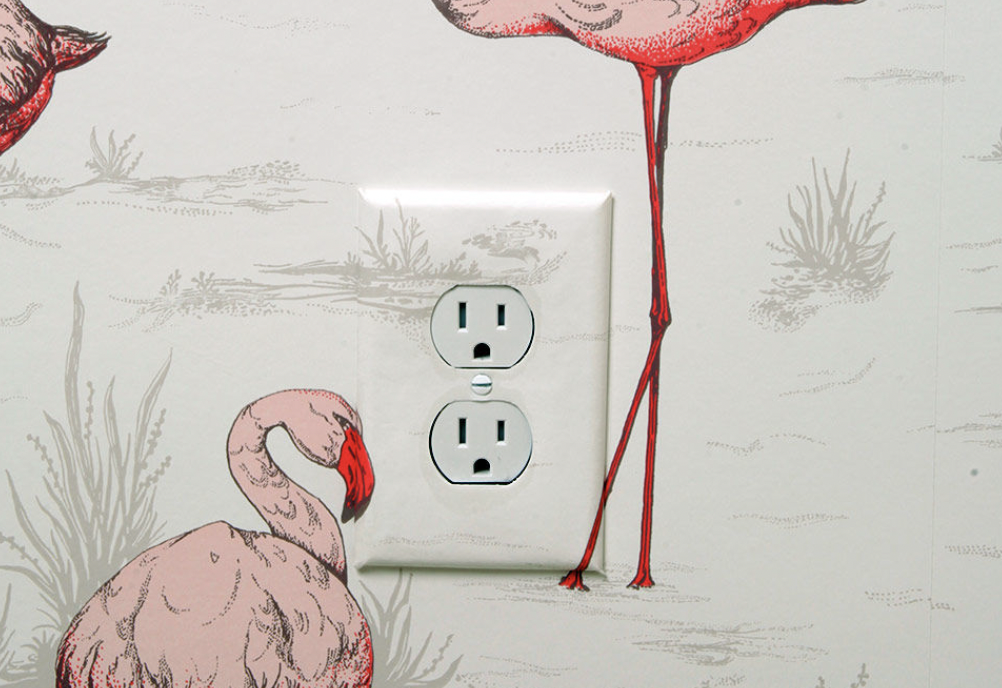
Looking for more ideas and inspo? Check out our portfolio of work.
Ready to get started on your renovation?


